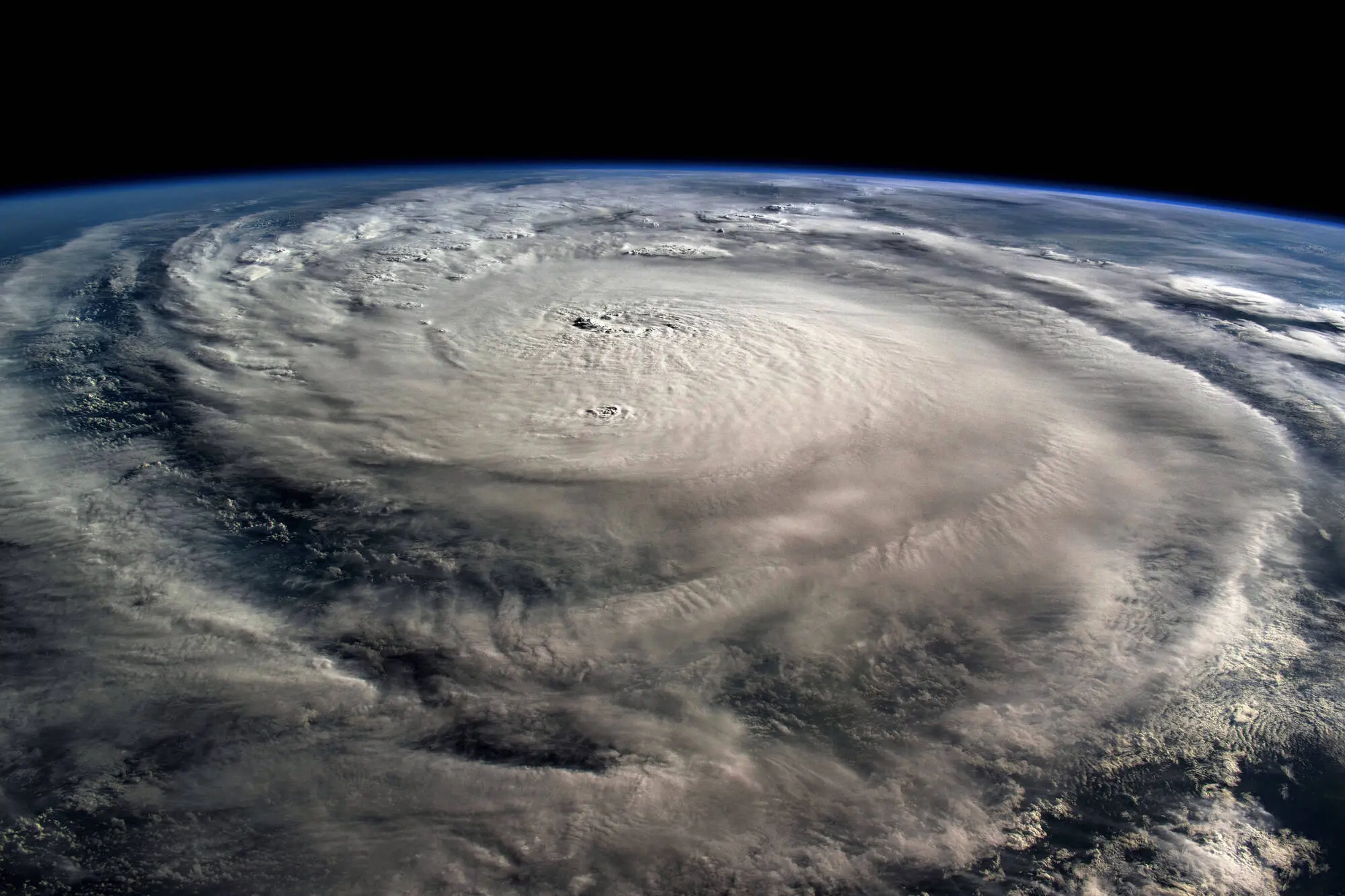Scientists reveal new study showing that our asteroid belt is slowly disappearing over time
-
 IN SPACE - OCTOBER 8: (EDITOR’S NOTE: This Handout image was provided by a third-party organization and may not adhere to Getty Images’ editorial policy.) In this NASA handout, Hurricane Milton, a Category 5 storm at the time of this photograph, is pictured in the Gulf of Mexico off the coast of Yucatan Peninsula on October 8, 2024 seen from the International Space Station as it orbited 257 miles above. (Photo by NASA via Getty Images)
IN SPACE - OCTOBER 8: (EDITOR’S NOTE: This Handout image was provided by a third-party organization and may not adhere to Getty Images’ editorial policy.) In this NASA handout, Hurricane Milton, a Category 5 storm at the time of this photograph, is pictured in the Gulf of Mexico off the coast of Yucatan Peninsula on October 8, 2024 seen from the International Space Station as it orbited 257 miles above. (Photo by NASA via Getty Images)A new scientific study has revealed that the asteroid belt located between Mars and Jupiter is slowly disappearing. Researchers say the belt, which contains millions of rocky bodies, has been steadily losing material over billions of years and is expected to continue to thin out far into the future.
Findings from the new study
According to the study, most of the asteroids that originally formed in the belt are no longer there. Scientists estimate that the current asteroid belt holds only a fraction of the mass it once had when the solar system was young. The loss is thought to be the result of gravitational interactions with Jupiter, collisions between asteroids, and other processes that gradually remove material.
The study notes that while the asteroid belt is a familiar feature of the solar system, its future is one of decline. Over time, more and more asteroids are either pulled out of the belt’s orbit, collide with other objects, or fall into planets and the Sun. This process, though extremely slow, has already shaped the belt into what it looks like today.
How the asteroid belt works
The asteroid belt lies between the orbits of Mars and Jupiter and is made up of countless rocky objects ranging in size from tiny pebbles to dwarf planets. Ceres, the largest object in the belt, makes up about one-third of its total mass. Despite common depictions, the belt is mostly empty space, with asteroids spread far apart.
Scientists explain that the belt likely formed from leftover material that never came together to form a planet because of Jupiter’s strong gravity. Instead, these pieces have remained in orbit for billions of years, but constant collisions and orbital changes have slowly reduced their numbers.
Long-term future of the belt
The research indicates that the belt will lose mass with the passage of time. Although this is not likely to make any immediate difference for Earth, it gives an insight into the long-term development of our solar system.
Gradual evaporation of the belt also gives the scientists an idea of how planetary systems throughout the universe could evolve. Some of the material escaping from the belt will eventually fall to Earth in the form of meteorites. Others will stay in orbit around the Sun or be swept elsewhere throughout the solar system.
Broader scientific significance
Scientists think that this finding puts into perspective the dynamic and constantly changing nature of the solar system. Far from being a fixed shape, the asteroid belt is changing, its shape and composition shifting slowly over time.
The results also contribute to a general knowledge of space objects, including comets, meteoroids, and exoplanet systems, in which the same processes can take place.
From the study of how the asteroid belt turns out, scientists are able to better know how solar systems develop, age, and later transform over time.
Though the disappearance of the asteroid belt is occurring on a timeline far longer than human experience, the new study demonstrates that even the most seemingly stable areas of the solar system are always in motion.
For now, the asteroid belt continues to be an important subject of research, providing significant insights into the past and future of our cosmic neighborhood.
TOPICS: Asteroid